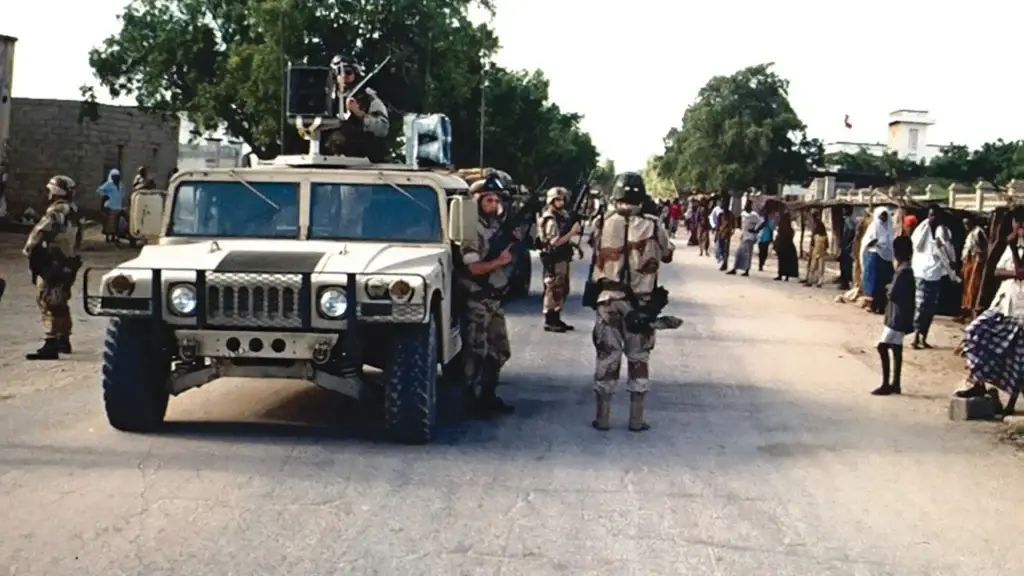More than three decades have passed since the October 1993 Battle of Mogadishu between the U.S. military and the militia of Somali warlord, Mohamed Farah Aidid.
The battle, fought as part of Operation Gothic Serpent, was the bloodiest combat the U.S. military had experienced since the Vietnam War. It revealed shortfalls in U.S. assumptions on the use of military force in the post-Cold War era, transformed the strategic landscape and reverberated globally in ways still felt today.
Its implications were profound. The perception of U.S. weakness and proclivity to withdraw after its first casualties emboldened al-Qaida. Osama bin Laden, then living in Sudan, cited this battle and America’s withdrawal as an example of American weakness. Evidence suggests that this influenced al-Qaida decisions to attack the U.S. in the coming decade—the U.S. Embassy bombings in Tanzania and Kenya in August 1998, the USS Cole bombing in 2000 and the 9/11 attacks on the U.S. homeland.
Placing the battle in its geostrategic context, this presentation describes how the U.S. and United Nations efforts to prevent mass starvation devolved from humanitarian relief into peace-keeping and ultimately open combat. It addresses the battle itself, its immediate aftermath, its strategic implications, and lessons for civilian and military leaders that remain pertinent today.
It is still useful to consider the legacy of the battle, its relevance in an era of great power competition and to assess whether the battle was an anomaly in a brief era of uncontested U.S. supremacy or a harbinger of what to expect in the future.
This is a VIRTUAL ONLY program. Participants will receive a link to join upon registration.
This program is hosted by The Army Historical Foundation, the non-profit organization for the National Museum of the United States Army’s revenue generating operations and fundraising in support of the National Museum of the United States Army, and does not imply U.S. Army endorsement of the views expressed or the endorsement of any associated private and commercial entities.



